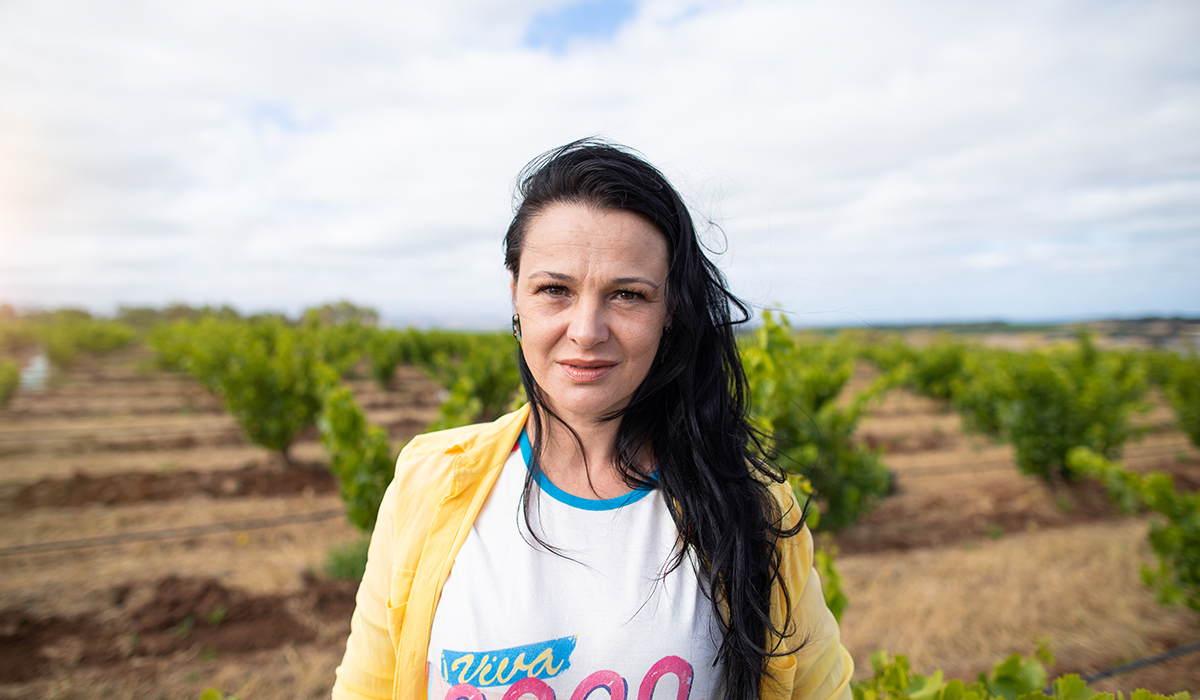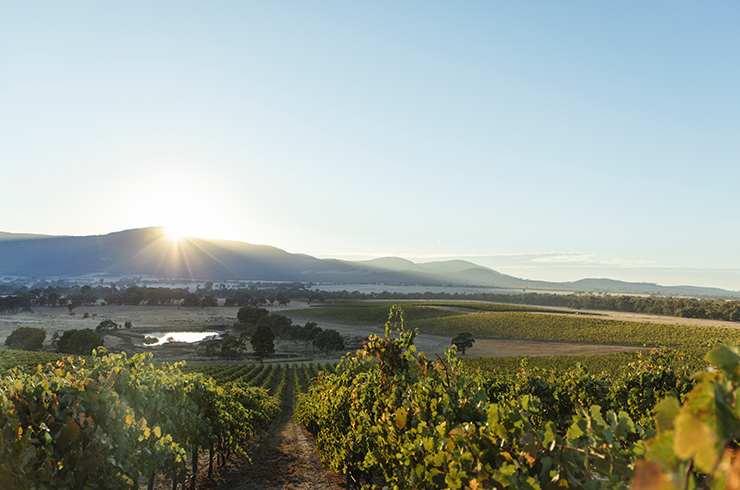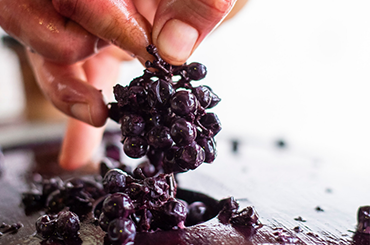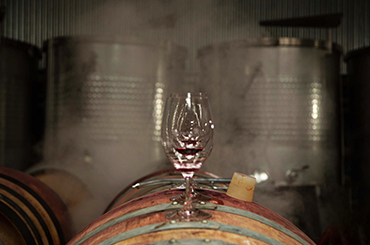Grenache was one of the first varieties planted in Australia, and South Australia's Barossa Valley, McLaren Vale and the Clare Valley are right at the centre with vineyard sites and vines dating back to the late 1800s. A medium-bodied style, grenache has more body and intensity than pinot noir, but is lighter than shiraz or cabernet sauvignon.
The warmer regions, old vines and soils allow makers to let the fruit shine – with concentrated red-fruits and spice on the palate – grenache has long ageing potential. We spoke to six winemakers about why they fell in love with grenache and their winemaking process.
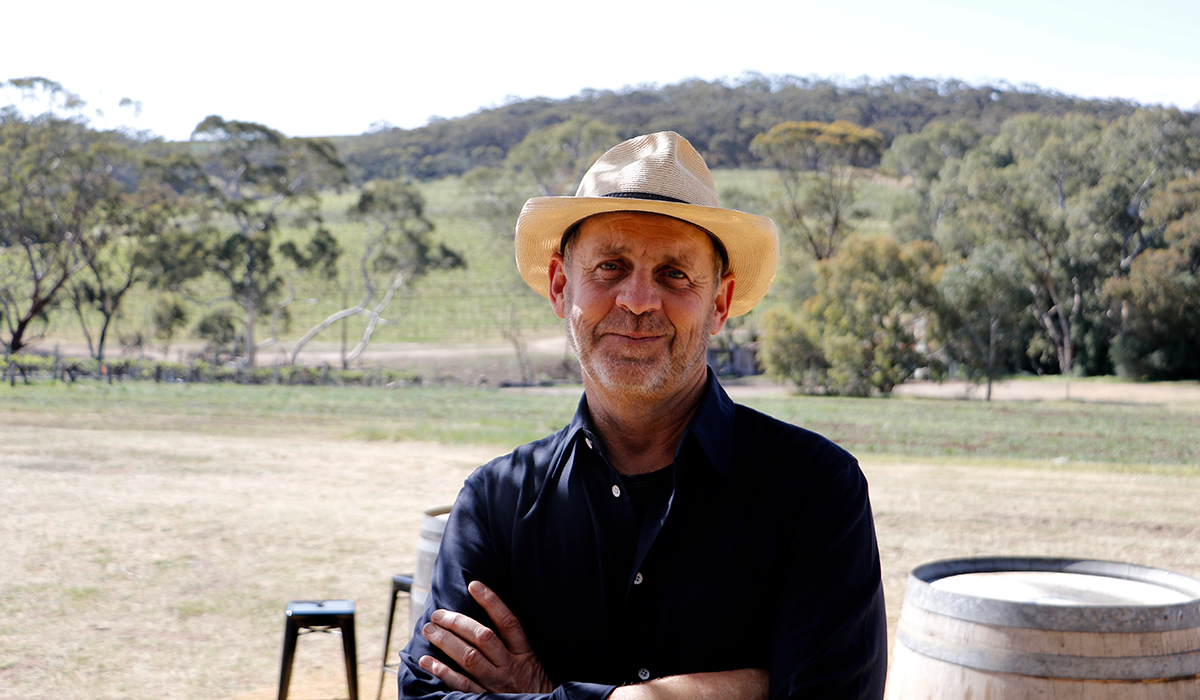
H. How would you describe grenache to someone who's never tried it before, and what do you love about the variety?
S. Truly great grenache has aromatics and texture with vibrance and energy. It unfurls gradually with air and, most importantly, speaks clearly of soil and season. Grenache is my variety of choice in McLaren Vale, and it's best when the wine is allowed to speak of the site and not the winemaker.
H. How do you approach the winemaking process?
S. There seems to be no end to where grenache takes me as a winemaker, but the more wine I make the more I understand that to do nothing is the greatest challenge. Gerard Potel, a mentor, once said that there's a fine line for a winemaker between doing something and doing nothing. For me grenache best represents that paradigm.
Roman Bratasiuk – Clarendon Hills, McLaren Vale SA
H. How do you approach the winemaking process?
R. I have a minimal interventionist approach to viticulture and winemaking. Capturing, articulating and preserving all the unique, single vineyard characters is paramount. Seeking out very old, dry grown, bush vine vineyards that are low yielding and exceptionally thick-skinned is the first and most important step. Hand-picking to preserve the wild yeasts and skin integrity before open vat fermenting and macerating in stainless steel over four weeks to extract all the beautiful tannins from those thick, old vine skins. Pressed out and matured in high grade French oak for 18 months in older barriques to preserve the natural structure. Finally, bottled without fining or filtration to capture the full picture.
H. What do you love about the variety?
R. I began making single vineyard Blewitt Springs grenache in 1991, and every vintage I fall in love with the fruit (spectrum) that comes off these magical vines all over again. Intense acidity that makes your mouth water, coupled with fresh red, black and blue fruit, blood orange overtones and savoury iodine and ferrous-like rust minerality. Over the last 32 years, my winemaking style has evolved and refined, my pursuit has always been to capture a slightly higher expression than the last, and to ultimately listen and learn from these magnificent old vines.
Elena Brooks – Dandelion Vineyards, McLaren Vale SA
H. How do you approach the winemaking process?
E. Our winemaking philosophy follows the terroir that the vineyard sits on. We strive to make wines that are perfumed, with less winemaking influence and well-integrated characters. The aim of the Faraway Tree of McLaren Vale grenache is to express the minerally and savory characters of the wine. The fruit is hand-picked, whole bunch fermented, aged in new and old French oak for up to 10 months. The Faraway Tree is part of Firehawk Farm, which is our certified biodynamic vineyard. The grenache is a small parcel that captures the uniqueness of McLaren Vale.
H. What do you love about the variety?
E. What I love about the McLaren Vale grenache is that it offers light to medium-bodied styles from a warmer region, but more than that, it’s a variety that strongly represents the soils it sits on. Grenache on deep dark soils expresses rich, sweet flavours, whereas grenache on ironstone soils expresses mineral and savoury characters. We make wines for the modern palate inspired by centennial vines, therefore our style of winemaking changes, develops and grows with our lifestyle and consumer.
Find out more.
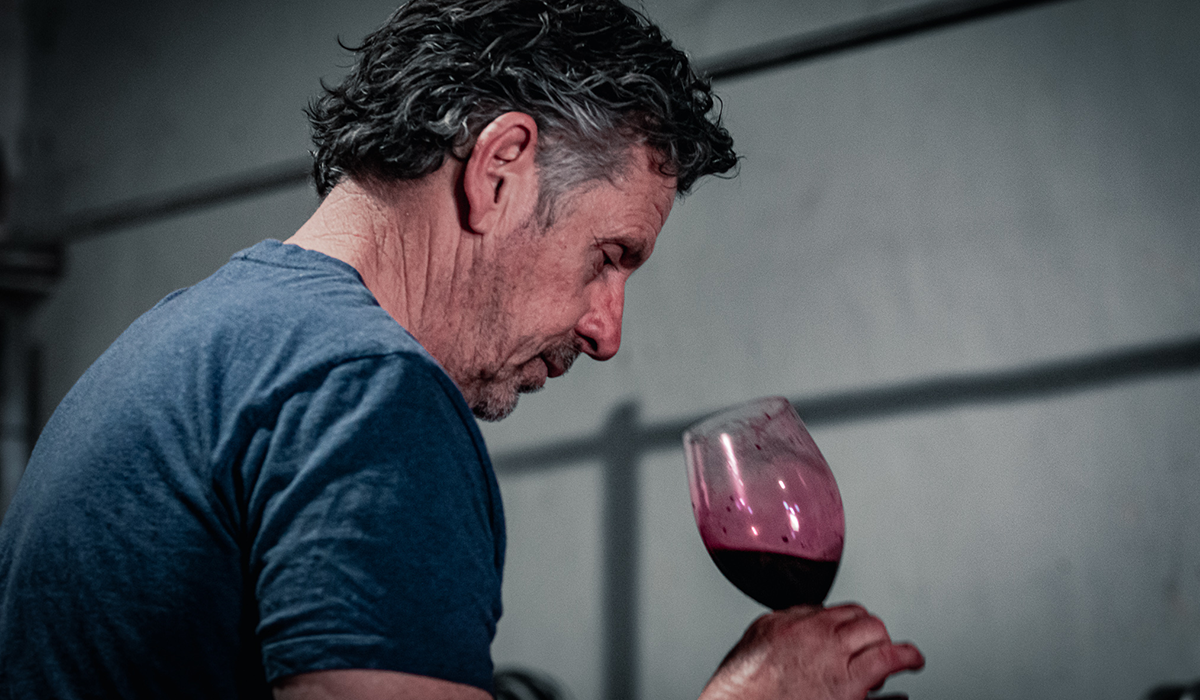 Craig Stansborough – Purple Hands Wines, Barossa Valley SA
Craig Stansborough – Purple Hands Wines, Barossa Valley SAH. How would you describe grenache to someone who's never tried it before?
C. Grenache is a versatile variety suited to the warm Barossa climate. With this wine, you'll see bright red fruits, producing medium-bodied, juicy wine with flesh and texture. We're lucky that in the Barossa Valley our early vignerons had the foresight to plant this variety, now we have the luxury of a great resource of old vine vineyards. The variety has evolved from being the mainstream fortified variety to one of the most sought-after dry red table wines in the Barossa. Visits to Southern Rhône early in my winemaking career opened my eyes to how interesting and textured grenache can be, especially during a time when Australian grenache wasn't showcasing the variety's full potential.
H. How do you approach the winemaking process?
C. Harvest decisions are critical for all wines but for grenache the sugar levels tend to race, so finding the balance between good phenolic ripeness without too much sugar and alcohol is the key. Given tannins are not abundant in this variety, we generally use around 25-30% whole bunch in our grenache, which adds structure and aromatics to the wine. We also use open fermenters with header boards that allow gentle extraction towards the back end of the ferment. The wine is matured in large format, older French oak and left on lees until racking to bottle. We feel this helps retain brightness, which is another key ingredient in our style.

Mark Curtis – Curtis Family Vineyards, McLaren Vale SA
H. How do you approach the winemaking process?
M. Minimalistic, we try to let the fruit do the talking. We hand-pick the grenache at the optimum flavour ripeness, then cold soak for slow extraction of colour and tannin from the grape skins. We give it time to do its thing, you can't rush the process. The depth of colour and flavour is what makes our grenache unique, vibrant fruit characters jump out at you, with a well-structured palate that keeps you coming back for more. With each vintage we find more efficient ways to nurture our wines through their process; using new technologies in the winery allows us to produce consistent results and make a more premium product every year.
H. How would you describe this variety to someone who’s never tried it before? And what do you love about it?
M. Super vibrant and approachable, a medium-bodied red wine suitable for all occasions. It's a great variety to introduce non-red drinkers too. I love the heritage of this variety, the age of the vines and the quality of fruit that comes from them. McLaren Vale is home to some of the oldest grenache vines in Australia, they're still producing award-winning fruit and have survived the test of time.
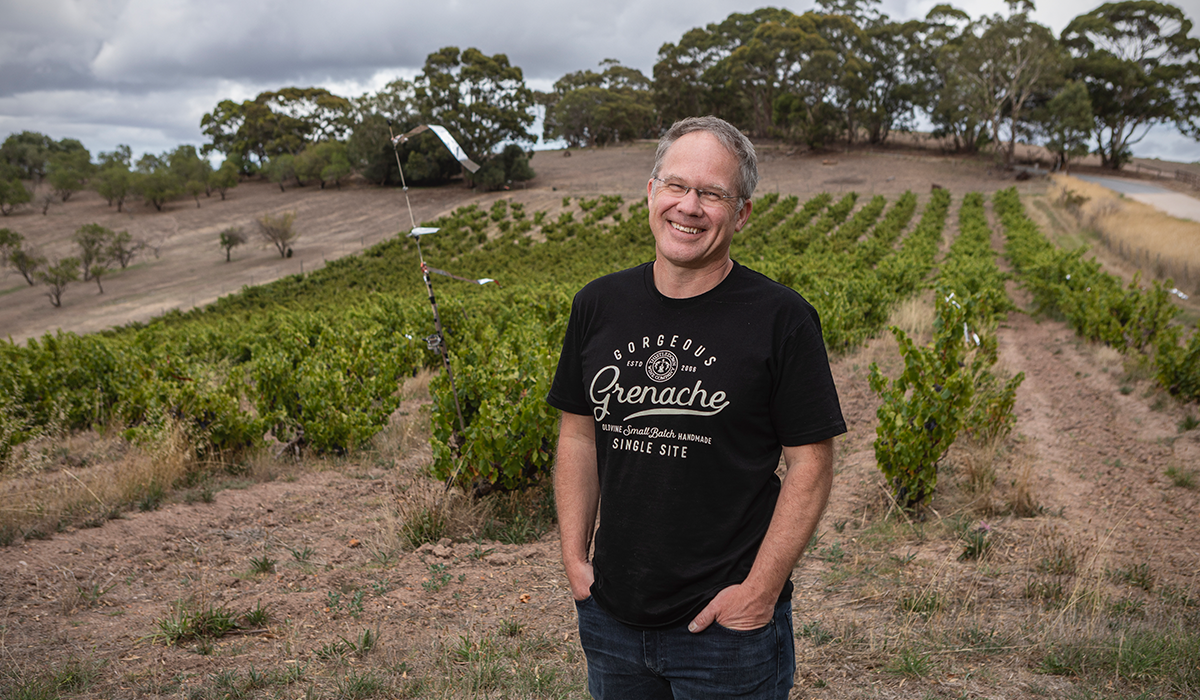 Giles Cooke MW – Thistledown Wines, McLaren Vale SA
Giles Cooke MW – Thistledown Wines, McLaren Vale SAH. What do you love about the variety?
G. I first fell in love with the variety in its home, Spain. I loved the vivid, energetic fruit and how well it paired with local foods. In Australia I love the versatility, but most of all I love its ability to convey where it was grown. By making the grenache with little input, the wines are not only beautiful, they help narrate the character and personality of the region and by whom the fruit was grown – few other varieties do this as faithfully as grenache.
H. How do you approach the winemaking process?
G. Because we are lucky enough to work with many very special and historic vineyards, I do everything I can to preserve that personality and character in bottle. We do this by picking a little earlier than would be the norm, using wild yeast and whole bunches and then fermenting in large concrete to maintain the clarity and energy of the fruit. Extractions are more like infusions, we allow the fruit to give up their essence rather than beat them into submission. The Vagabond is unique because of the combination of multiple old vine sites all within Blewitt Springs. These are scarce resources, so having access to five different sites allows us to express the typical characters of region, but to also maintain consistency.
This article was produced in partnership with the featured wineries.
Top image credit: Dandelion Vineyards

